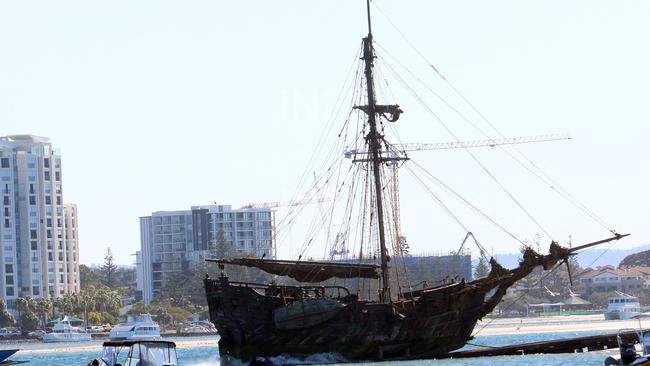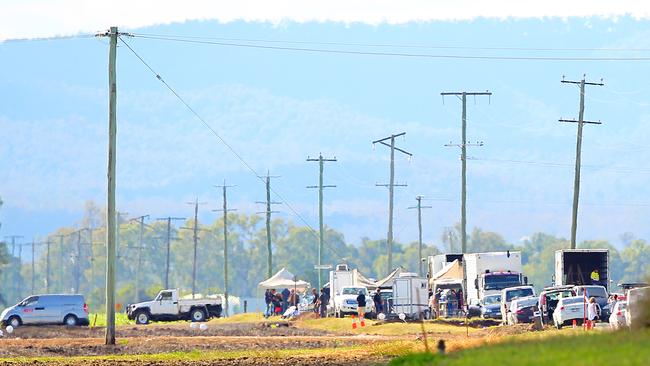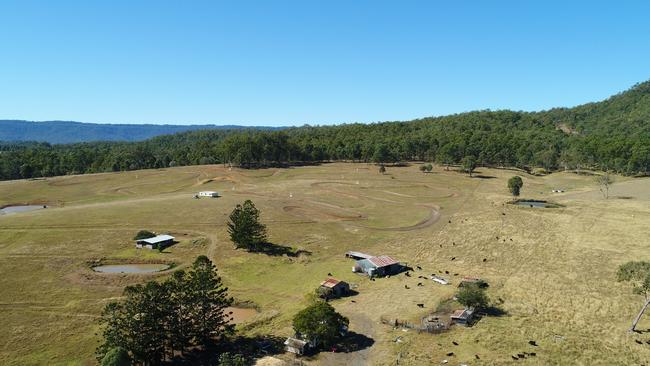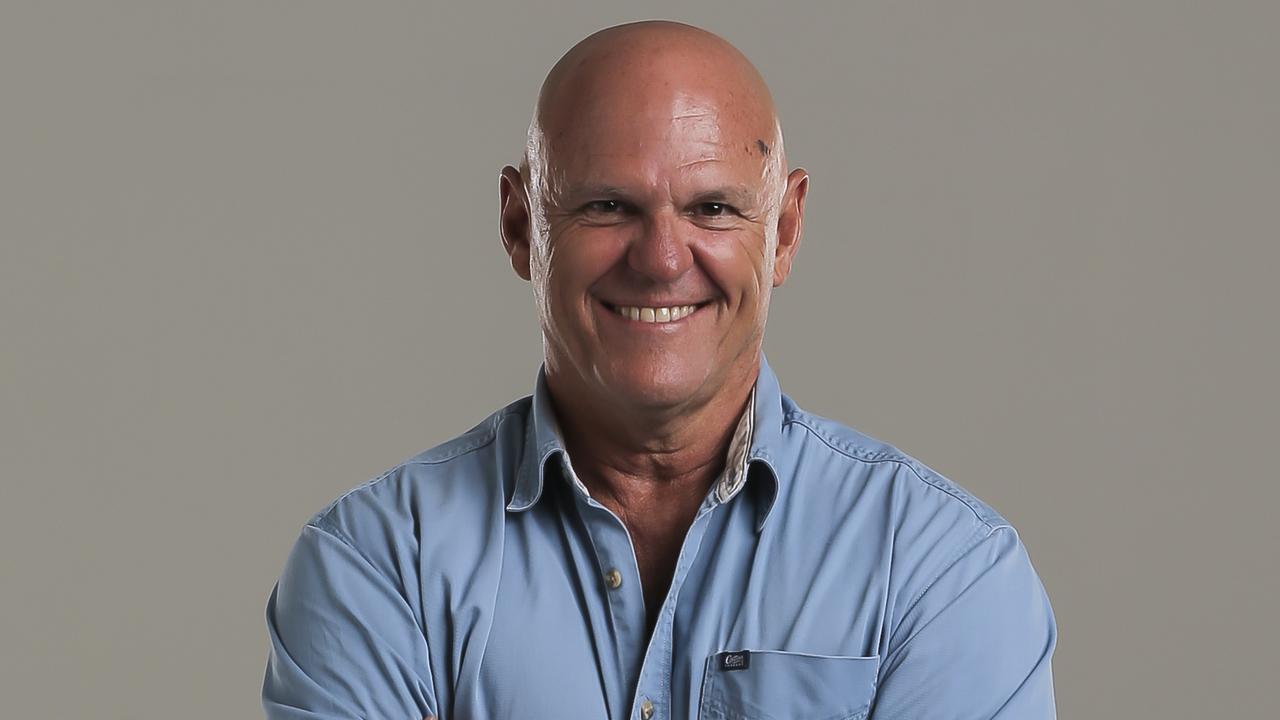Editorial: Queensland becomes a movie making hub but taxpayers need to know how money is being spent
The success of Aquaman has shown that Queensland can be a movie making hub. Now we need more transparency about investment of public money in the film industry, writes THE EDITOR

Opinion
Don't miss out on the headlines from Opinion. Followed categories will be added to My News.
QUEENSLAND has earned itself a reputation as a desirable location for film production.
Whether it’s niche television dramas or Hollywood blockbusters, the Sunshine State is squarely on the radar of studio bosses because the local film industry has proved time and again that it has the wherewithal to get the job done.

The extraordinary box office success of underwater superhero flick Aquaman – which will surpass $1 billion in ticket sales today – will only enhance Queensland’s standing.
The film, starring Jason Momoa and Amber Heard, may have had mixed reviews among critics, but Aquaman is now the most successful of DC Comics’ recent pictures and the 10th most profitable superhero movie of all time.
Other recent hits that have been filmed in Queensland include Thor: Ragnarok, Pirates of the Caribbean: Dead Men Tell No Tales, Kong: Skull Island and San Andreas.
These successes demonstrate to major studios that shifting their productions to Queensland isn’t a risky proposition, but a clever move.
Queensland has long attempted to establish a permanent film-making industry. The Beattie government had some success, but full credit for the recent triumphs in luring film producers to Queensland should be given to Premier Annastacia Palaszczuk, who has consistently argued that this state could create a sustainable movie industry. She has advocated strongly on its behalf.

Federal Government tax incentives are certainly the major driving force behind getting film productions to our shores. About $300 million has been spent annually by the Federal Government providing support to the film industry through location offsets.
During the past six years, another $110 million in top-up grants has been provided to help secure eight large productions, including an extra
$22 million to ensure Aquaman was filmed on the Gold Coast.
However, Ms Palaszczuk has pushed to offer film studios further incentives, such as payroll tax relief and an array of other concessions, during her time as Queensland Premier. And this extra aid has often set Queensland apart from other locations.
According to figures provided by the State Government, Aquaman injected $144 million into the Queensland economy and created 1700 jobs for cast, crew, and extras. If correct, these figures certainly justify the investment that taxpayers are making in this industry.
While spending on incentives has its critics, it must be remembered that movie productions employ more people than just the big-name stars and extras who are seen on film.
The jobs extend from local tradies who help build the sets through to local catering crews who keep crews fed.
Another incalculable contribution that the movies make to Queensland’s economy are when our amazing scenery appears in films, or when big stars wax lyrical about their time in the Sunshine State on social media.
However, all levels of government involved in providing incentives for film production need to ensure taxpayers are getting bang for their buck. There’s a global race involving many countries keen to build a film production industry.
Ms Palaszczuk should not lose sight of the fact that some Hollywood movie studios are among the biggest businesses in the world and the tax breaks they are provided need to be carefully considered.
If Queensland has indeed developed the skills base necessary to be a movie-making hub, then surely that should provide an advantage at the negotiating table and work to help limit taxpayer exposure to such subsidies.
Ms Palaszczuk has also followed in the footsteps of her predecessors and drawn a veil of secrecy around the incentives she provides.
The success of Aquaman certainly supports the Premier’s argument that Queensland can be a global centre for film-makers, but she should release more information about her investment of public money in the movie business so Queenslanders can be confident that the subsidies going to Hollywood heavyweights are justified.
* * *
MIGRATION POLICY DEMANDS UNITY
PRIME Minister Scott Morrison’s push to bring state leaders into the tent on migration policy is a smart one.
While the Federal Government has always set migration policy, states are responsible for providing health and education services, and funding the majority of infrastructure.
Given state governments are increasingly reliant on federal funding, it makes sense for the different levels of government to at least be aware of each other’s rationale for migration policy.

The challenge of funnelling new migrants into regional areas and away from major population hubs such as Brisbane and the Gold Coast is going to be difficult. The Government has proposed Rockhampton, southwest Queensland and the Central Highlands as the top three locations for migrants.
Of the 8000 migrants who came to Queensland in the three months to the end of September, most moved to the southeast corner. This shows that unless the Morrison Government is prepared to make living in a certain area a condition of entry, then migrants will continue to choose cities.
If Australia is going to change this pattern, it must ensure there are services and jobs available so arrivals can integrate into their new communities. Telling them the postcode where they must live is a strategy doomed to failure.
Responsibility for election comment is taken by Sam Weir, corner of Mayne Rd & Campbell St, Bowen Hills, Qld 4006. Printed and published by NEWSQUEENSLAND (ACN 009 661 778). Contact details are available at couriermail.com.au


